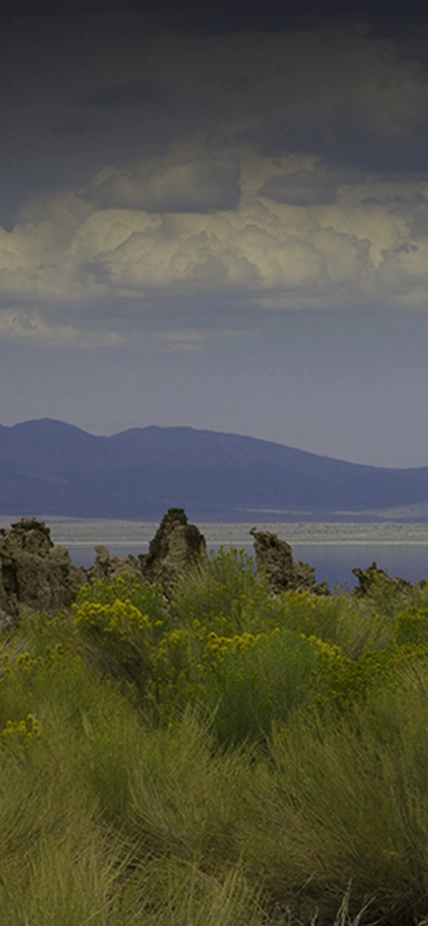Postdoctoral fellows are the lifeblood of Carnegie Science. Unlike many research establishments, where postdocs work in a hierarchy, Carnegie postdocs work alongside senior scientists collaborating and contributing equally, while also being mentored. They are truly the core workforce. They participate fully in the institution’s vigorous intellectual life, and have complete access to the laboratory instruments and facilities. We give to them, but they give back many times over. Being a postdoc at Carnegie is, indeed, special. They enhance the Carnegie mission of unfettered, imaginative scientific research and they expand Carnegie’s influence all over the world and into the next generations. They are the seed corn for scientific achievement.
For the past several years, Brian Loretz in the advancement office has been tracking down where Carnegie postdocs went. I was very pleased that the list reads like a Who’s Who of academia, government, and even the private sector. Carnegie postdocs now occupy numerous faculty positions at Harvard, Yale, Princeton virtually all of the Ivy League schools, Johns Hopkins, CalTech, MIT, Stanford, the UC system, and so many others. Researchers abroad went to Oxford, Germany’s Max-Planck-Institut für Chemie and Max-Planck-Institut für Biogeochemie, France’s Centre National de la Recherche Scientifique, The Australian National University, Tokyo Institute of Technology, the Chinese Academy of Sciences and the Russian Academy of Sciences, and more. Former postdocs also are serving the public conducting research at NASA, NIH, NOAA, the U.S. Geological Survey and U.S. Forest Service, and the national labs at Argonne, Oak Ridge, Sandia, and Lawrence Berkeley, in addition to many foreign government positions. The private sector is also represented including the likes of ExxonMobil and Nestlé Research Center, plus many, many other smaller businesses.
What particularly caught my eye was how many former postdocs opted for research positions at Carnegie when faced with so many other prestigious choices. Carnegie could not be the extraordinary place it is without our remarkable cadre of young researchers. Thank you for your dedication and hard work. We are what we are because of you.
Matthew Scott, Carnegie Science President
